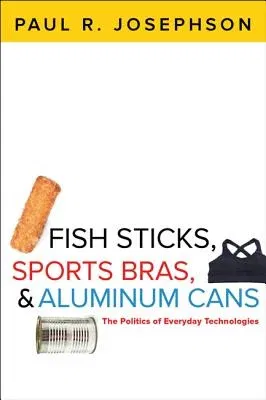What do bananas, rocket ships, bicycles, and French fries have in
common?
Who would have guessed that the first sports bra was made out of two
jockstraps sewn together or that it succeeded because of federal
anti-discrimination laws? What do simple decisions about where to build
a road or whether to buy into the carbon economy have to do with
Hurricane Katrina or the Fukushima nuclear disaster? How did massive
flood control projects on the Mississippi River and New Deal dams on the
Columbia River lead to the ubiquity of high fructose corn syrup? And
what explains the creation--and continued popularity--of the humble fish
stick?
In Fish Sticks, Sports Bras, and Aluminum Cans, historian Paul R.
Josephson explores the surprising origins, political contexts, and
social meanings of ordinary objects. Drawing on archival materials,
technical journals, interviews, and field research, this engaging
collection of essays reveals the forces that shape (and are shaped by)
everyday objects.
Ultimately, Josephson suggests that the most familiar and comfortable
objects--sugar and aluminum, for example, which are inextricably tied
together by their linked history of slavery and colonialism--may have
the more astounding and troubling origins. Students of consumer studies
and the history of technology, as well as scholars and general readers,
will be captivated by Josephson's insights into the complex relationship
between society and technology.

